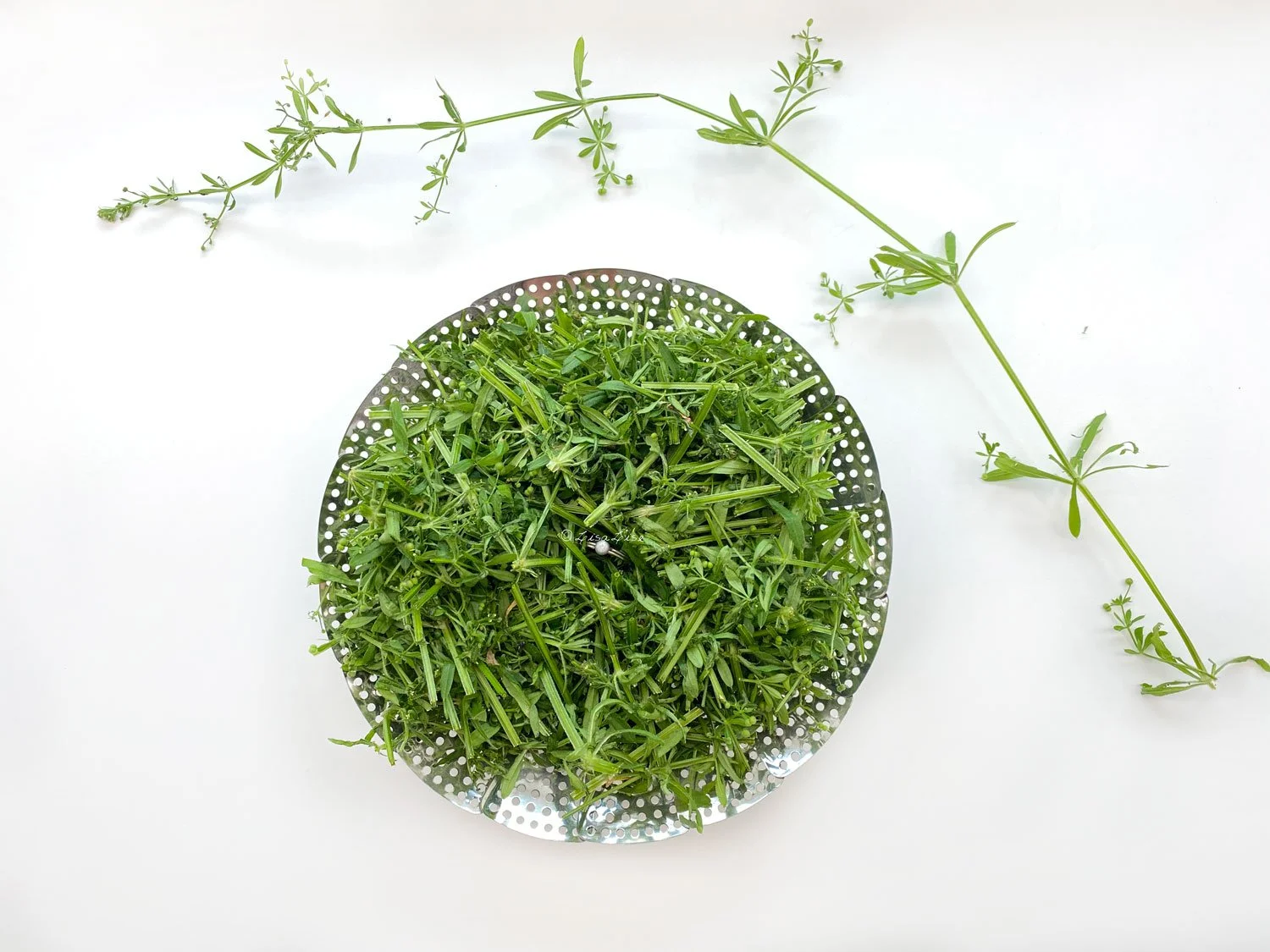Butterfly Bush Hydrosol
Lise
Here’s a throwback to a distillate I made last summer. These flowers are from the Butterfly Bush (Botanical name: Buddleja davidii) which also goes under the common name Summer Lilac.
The name is fitting because the fragrance is quite similar to lilac, but while lilacs readily spread their heady floral perfume everywhere when they are blooming, butterfly bush flowers need up close and personal nose contact in order to find the fragrance.
They also differ from lilacs in that their fragrance is much easier to capture. If you have ever tried to extract lilacs in any kind of solvent in order to capture their fragrance, you’ll know how difficult it is.
These flowers were gifted to me from a neighbor at the height of the season and went straight into my (newly aquired) still.
The resulting distillate is the most deliciously fragrant hydrosol - full of fragrance without being cloying.
Every whiff brings me right back to summer.
I have been using it straight up as a skin mist.
Below is a bit more about hydrosol making on this blog.


























